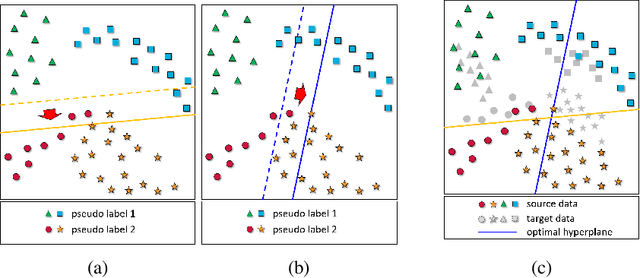Jiun Bae
RoCoTex: A Robust Method for Consistent Texture Synthesis with Diffusion Models
Sep 30, 2024



Abstract:Text-to-texture generation has recently attracted increasing attention, but existing methods often suffer from the problems of view inconsistencies, apparent seams, and misalignment between textures and the underlying mesh. In this paper, we propose a robust text-to-texture method for generating consistent and seamless textures that are well aligned with the mesh. Our method leverages state-of-the-art 2D diffusion models, including SDXL and multiple ControlNets, to capture structural features and intricate details in the generated textures. The method also employs a symmetrical view synthesis strategy combined with regional prompts for enhancing view consistency. Additionally, it introduces novel texture blending and soft-inpainting techniques, which significantly reduce the seam regions. Extensive experiments demonstrate that our method outperforms existing state-of-the-art methods.
Collaborative Training of Balanced Random Forests for Open Set Domain Adaptation
Feb 10, 2020



Abstract:In this paper, we introduce a collaborative training algorithm of balanced random forests with convolutional neural networks for domain adaptation tasks. In real scenarios, most domain adaptation algorithms face the challenges from noisy, insufficient training data and open set categorization. In such cases, conventional methods suffer from overfitting and fail to successfully transfer the knowledge of the source to the target domain. To address these issues, the following two techniques are proposed. First, we introduce the optimized decision tree construction method with convolutional neural networks, in which the data at each node are split into equal sizes while maximizing the information gain. It generates balanced decision trees on deep features because of the even-split constraint, which contributes to enhanced discrimination power and reduced overfitting problem. Second, to tackle the domain misalignment problem, we propose the domain alignment loss which penalizes uneven splits of the source and target domain data. By collaboratively optimizing the information gain of the labeled source data as well as the entropy of unlabeled target data distributions, the proposed CoBRF algorithm achieves significantly better performance than the state-of-the-art methods.
 Add to Chrome
Add to Chrome Add to Firefox
Add to Firefox Add to Edge
Add to Edge